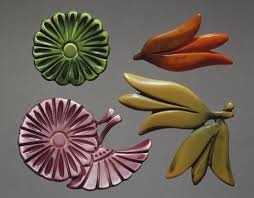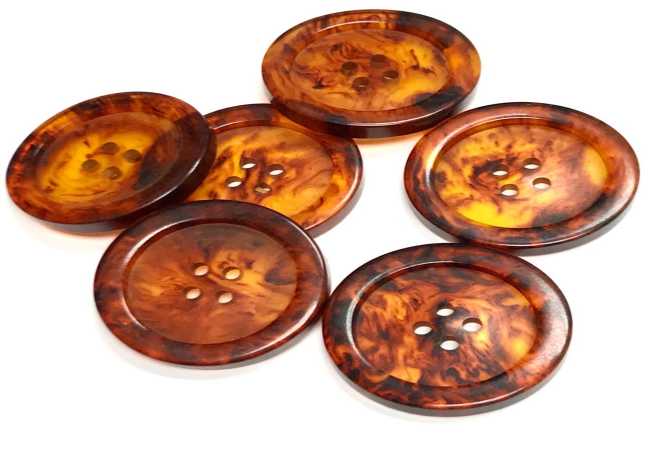In 1909 Bakelite was created by the Belgian chemist Leo Baekeland and it revolutionized the many consumer goods in terms of manufacturing. In early 1900, it was extensively used in the electric and automobile industries due to its characteristic of being a good insulator. Bakelite was also an integral part to make the antique items and they are displayed in the museums and are sold for the high prices. These items are appealing to contemporary collectors, due to the distinctive look of the Bakelite.


The trademark of Bakelite is phenol-formaldehyde resin and it was based on the chemical combination of phenol and the formaldehyde. It was the first truly synthetic resin which represented the significant advances over the earlier known plastics. It has excellent insulating properties, so it replaced the hard rubber and the shellac in the electric power industry and the home appliances. Due to the inclusion of the fillers, and its reinforcement Bakelite products were almost dark-colored and opaque. In 1927 the patent of Bakelite was expired and after the 1930’s it faces the competition with other thermosetting resins and the thermoplastic resins. These products were virtually used to make nay hue and in the varying degree of clarity.
In the world of fashion, Bakelite made its largest stamp. Like the other modern plastics, Bakelite is durable and lightweight, and it could be easily molded into the infinite shapes. So, manufacturers realized its potential and its use was quickly expanded. Due to its aesthetic qualities, consumers were significantly attracted to it as it gives the stylish and sleek look coupled with the high end and the substantial feel. People bought the Bakelite lamps, jewelry boxes, clocks, desk sets, telephones, radios, tableware, kitchenware, and many game pieces such as the poker chips, billiard balls, and the chess sets. Bakelite unshred in the new era of affordable, attractive and convenient consumer goods and consumers enjoyed the broad range of the products which were previously not accessible. After the 1950’s Bakelite was edged out due to the entry of a vast range of the other plastics in the market. In the history of plastics, Bakelite will always have a special place as it was the first true modern plastic and is prized for its durability, versatility, and beauty. Bakelite causes the rapid growth of other modern plastics, which are now used for the packaging of clothes and foods.